Struggling with what to get your child to eat? You’re not alone. As a mother of two, I know firsthand how taxing it could be to have your child turn their nose up during mealtime. Even going a couple of weeks eating the same few foods and nothing else. Fortunately, for most kids, demonstrating a level of pickiness with eating is just a phase and their ever changing appetite and eating habits will balance out. Understanding why your child may be refusing foods and knowing your parental role in feeding is crucial to learning how to please your picky eater.
Know your role
What parent doesn’t dread a mealtime battle with their child? Trying to get them to choose spinach and chicken instead of the plain noodles. You plead with them to “try just one piece”. They refuse. Then the battle starts. The threat of no dessert or promises of an ice cream sandwich if they taste one piece of broccoli. Come on, we’ve all done it! Using these tactics to get your child to eat often backfires, turning the dinner table into a battlefield instead of the calm and pleasant place it should be.
Ellyn Satter, an internationally recognized expert in feeding, developed a theory called the Division of Responsibility. This simple concept suggests that the parent be responsible for providing the healthy foods and choosing the time to serve it and the child decide what and how much to eat. Trust me, I know it sounds daunting to relinquish control to your little one, but as long as you’re doing your part of providing a variety of healthy foods, your kids will do their part of eating what they need and slowly accepting new foods. Your child should eat what the rest of the family is eating, so avoid replacing the entrée but you may include one or two foods that you know he will eat. Keep in mind that it may take up to 15 times before a child will try a new food, so don’t give up!
Get Creative and Make Meals Fun!
Make a smiley face with fruits on a pancake. Use a fun shaped cookie cutter for sandwiches. Provide a variety of bright and colorful veggies with dips. Offer breakfast foods for lunch and vice versa (English muffin pizza for breakfast? Yum!). Set aside time to cook with your kids, which can also encourage them to try new foods.
Be a Good Role Model and Eat Together
Although it’s unrealistic to expect any parent to always have good eating habits, try your best to demonstrate healthy eating and your kids will follow. Research has shown that family meal times have a positive impact on how children eat. In fact, one study showed that children who shared meals with their parents consumed more fruits, vegetables and dairy compared to kids who don’t eat with their parents. That’s a huge! So turn off that TV and enjoy uninterrupted family mealtime.
Don’t pressure them to eat
One big feeding mistake that parents make is pressuring their child to eat. Avoid forcing them to eat foods they don’t like as they may associate the table with an unpleasant experience. Provide the food, but do not hover over him during meals or tell him to take “one last bite”. Babies are born with an innate sense of how much food they need and must learn their own satiety cues so they can stop eating when full.
Have structured meals and snacks
Did you know that a toddler’s stomach is about the same size as his or her clenched fist? Those tiny bellies fill up quickly, so it’s important to maintain a feeding schedule with specific times for meals and snacks to help ensure they are hungry, but not starving, at meal times. Drinking juice or eating snack all day may decrease his appetite and desire to try new foods.
Almost every child is more or less picky about food, but there are cases where selective eating becomes extreme and may related to a deeper issue. If you’re worried that picky eating is affecting your child’s growth and development, consult with your pediatrician. Otherwise, try following these tips and remember that your child’s eating habits will not change overnight. Taking small steps for change can help promote a lifetime of healthy eating.

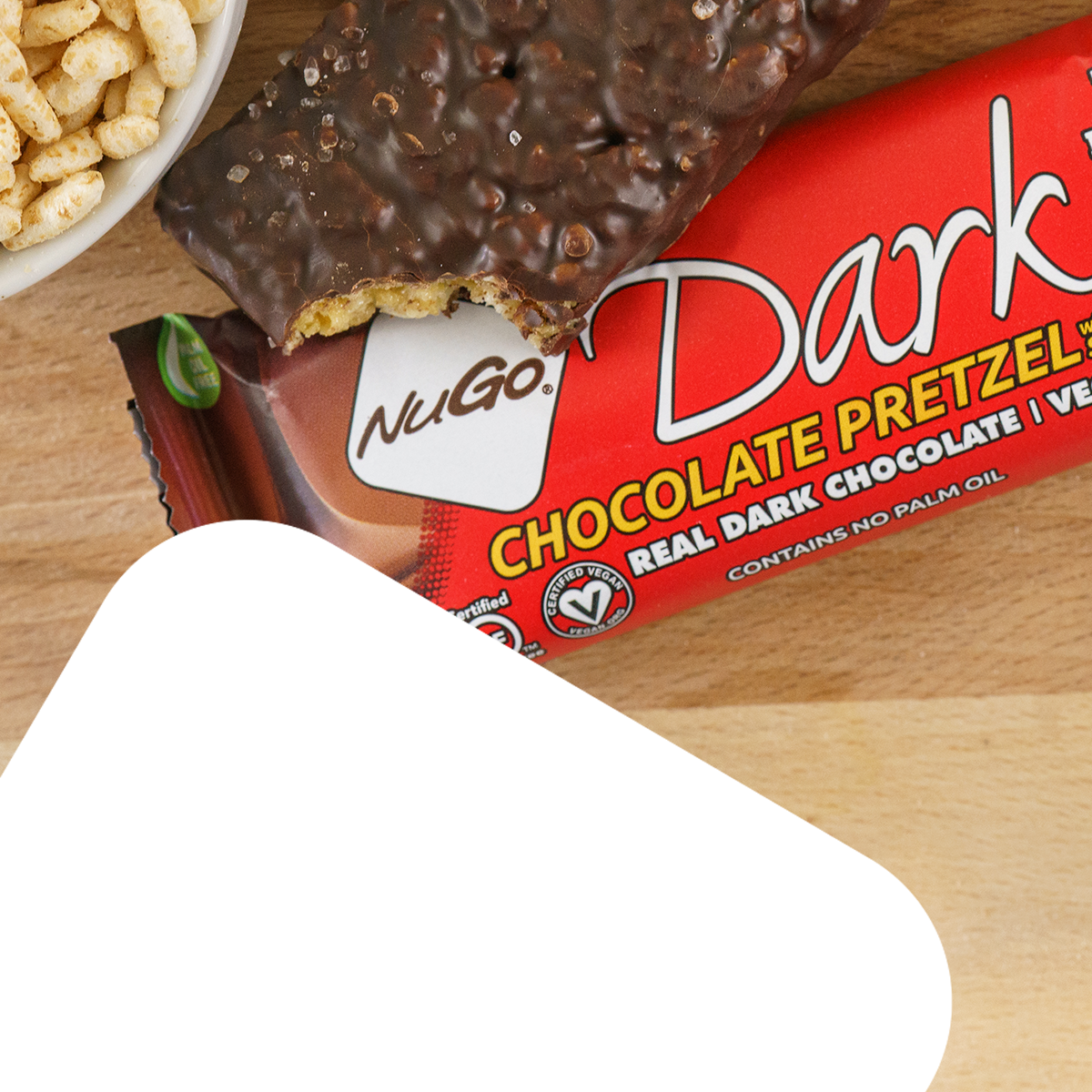

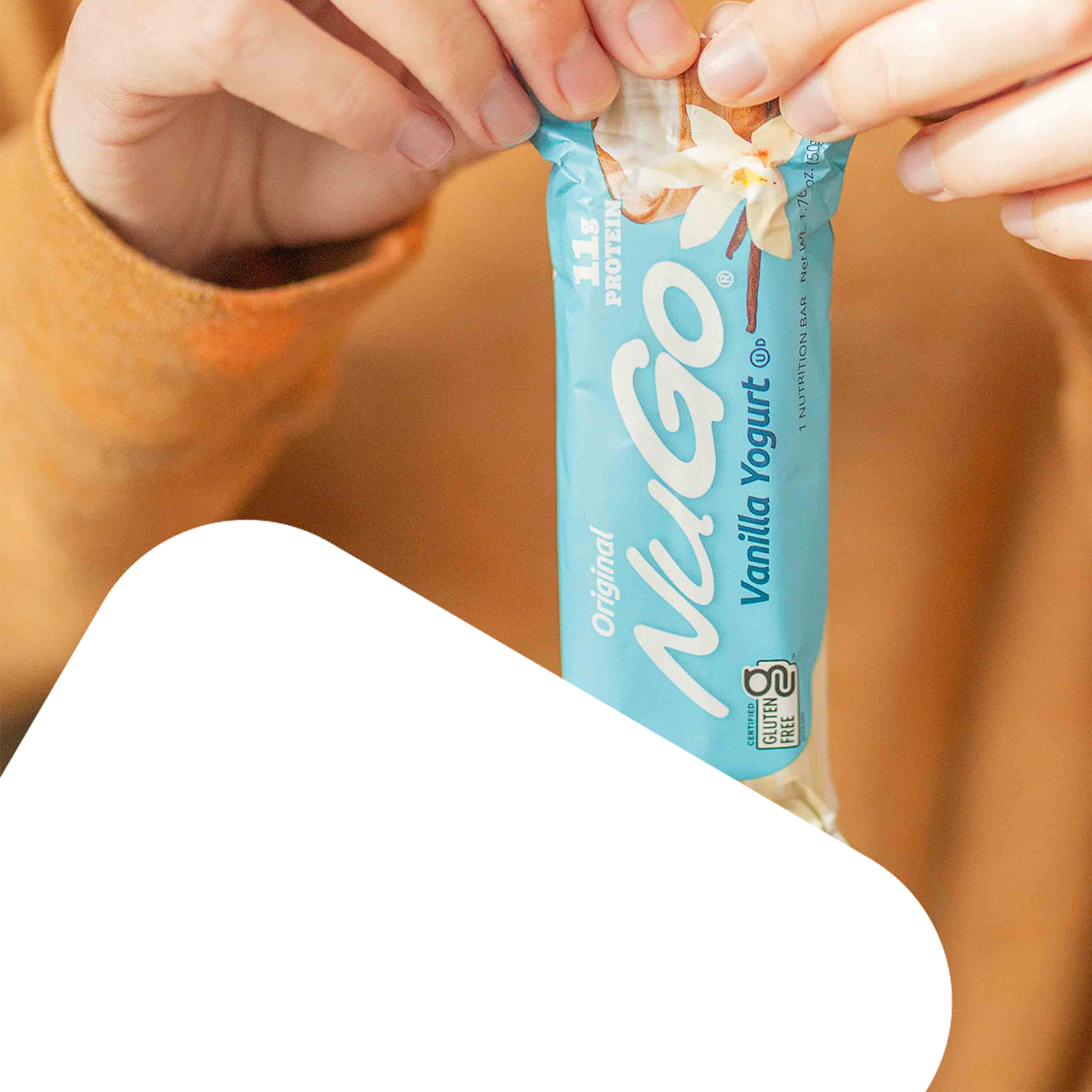


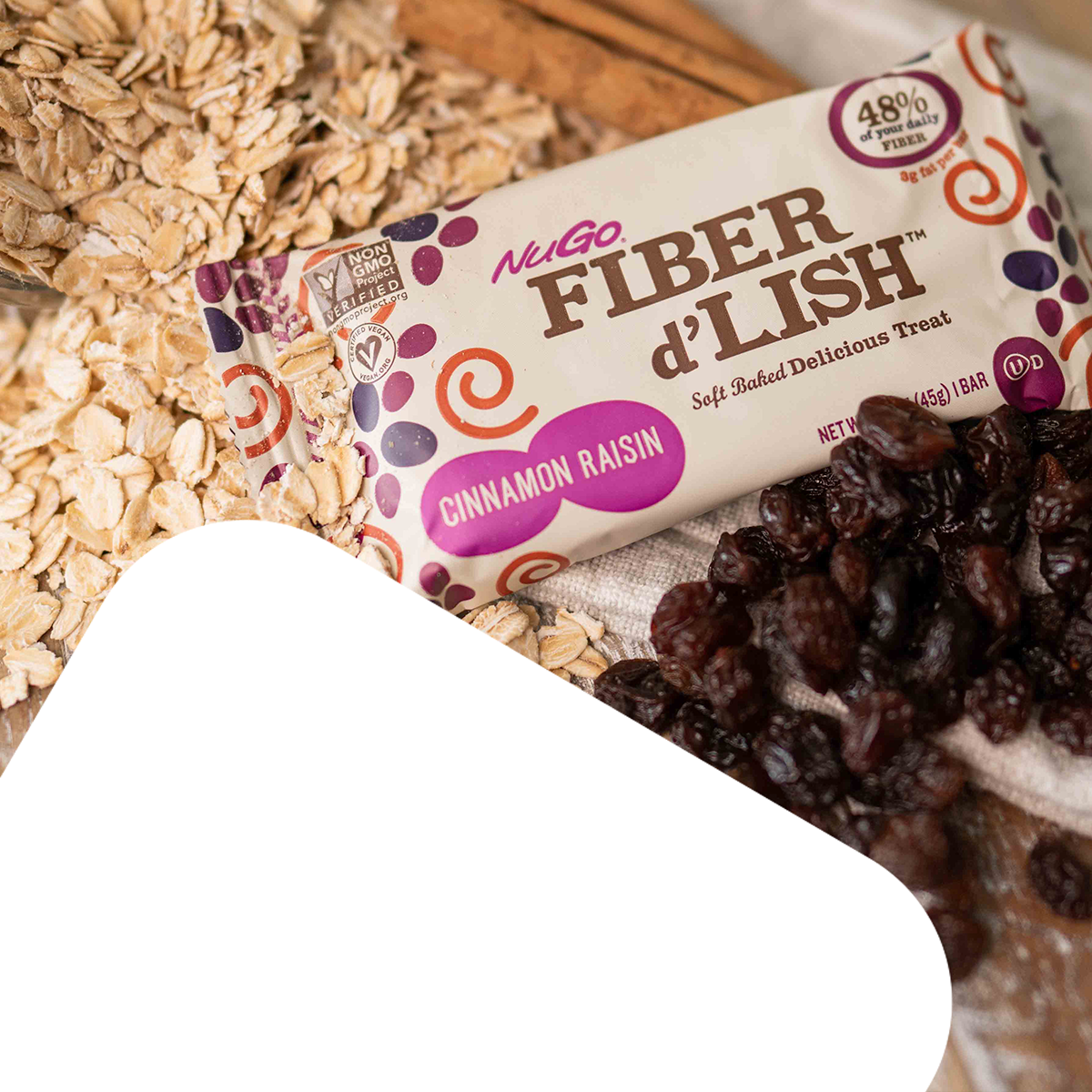
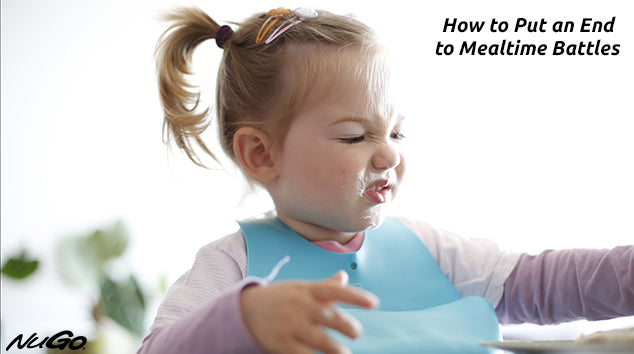

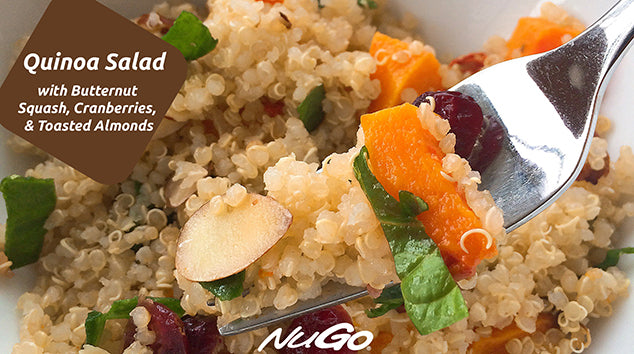
Leave a comment
This site is protected by reCAPTCHA and the Google Privacy Policy and Terms of Service apply.